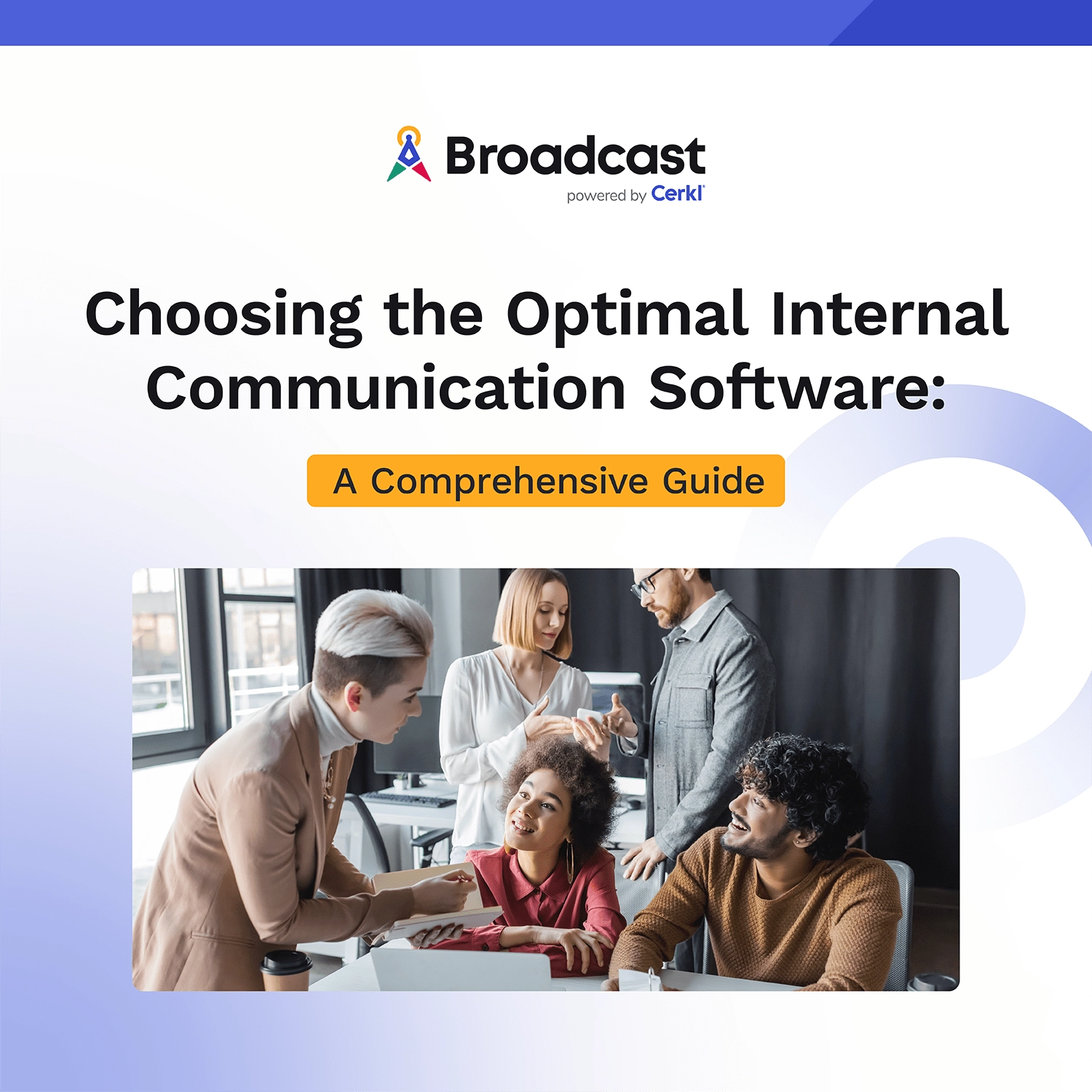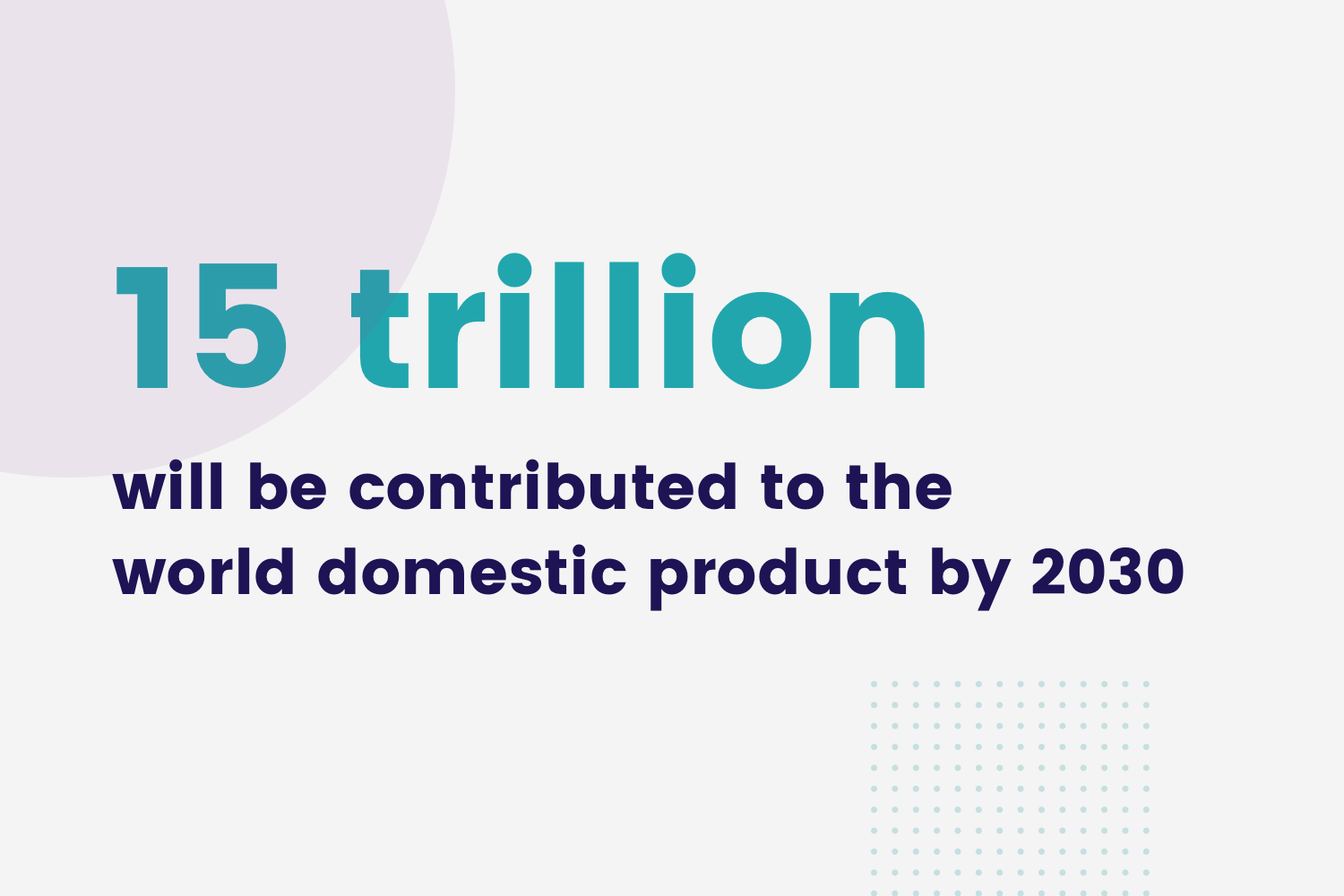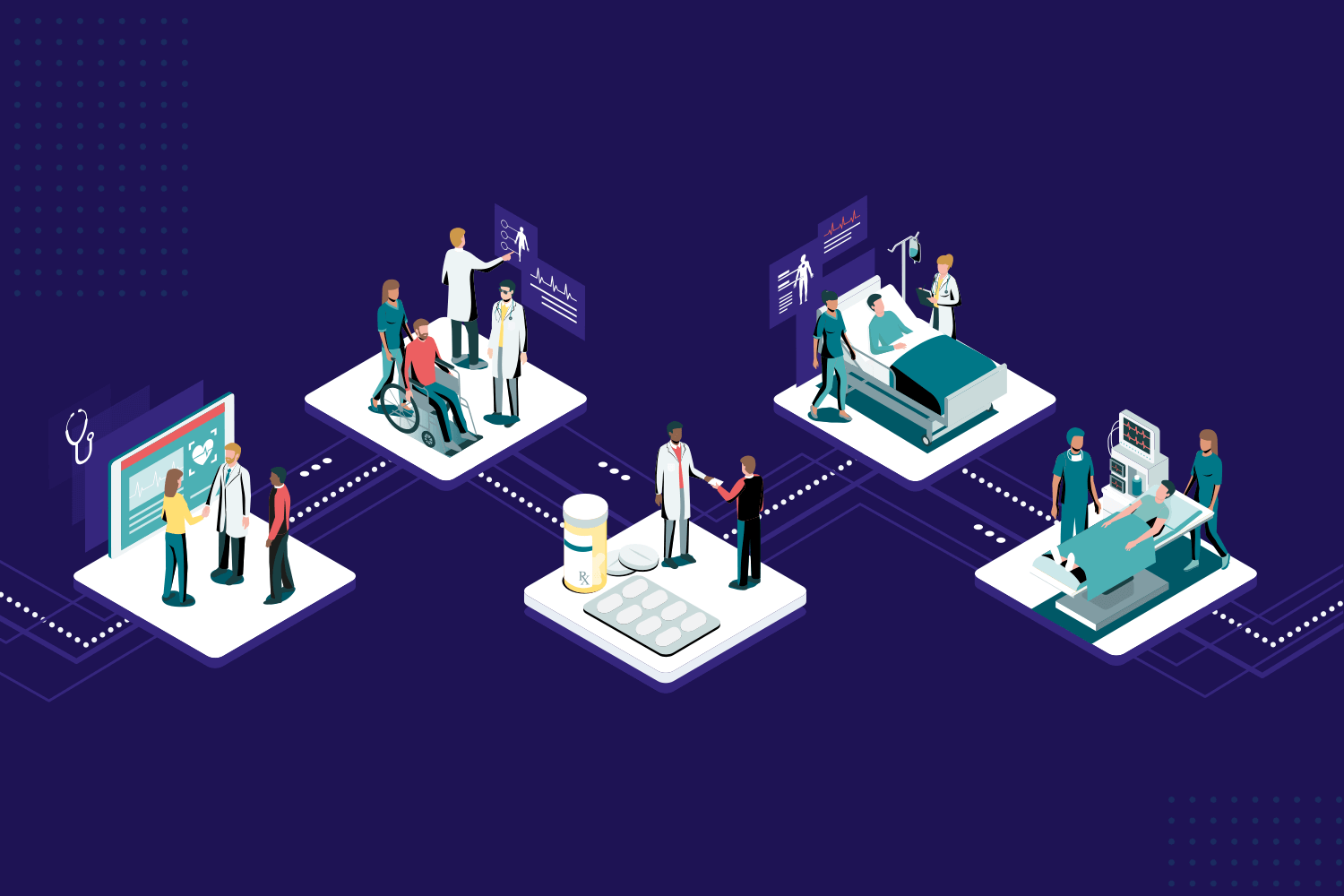Artificial Intelligence is here to stay in the workforce. From employee newsletters to healthcare innovations, see how A.I. crosses industries.


Choosing the right internal communications software is a delicate process. Evaluate yourcommunication goals and needs, and select the right software with confidence using our Internal Communication Software Buyer’s Guide.
Access NowArtificial Intelligence is here to stay in the workforce. From employee newsletters to healthcare innovations, see how A.I. crosses industries.
Artificial Intelligence, or A.I., is a buzzword that we hear everywhere today – but what is it? A.I. enables machines to learn and adapt, make changes based on new information, and perform human-like tasks with minimal human intervention. While it may sound like something that comes from a science fiction movie that only the top tech companies can afford, it’s become the norm in our day-to-day lives. We just might not think about it or even notice it.
Alexa, one of our favorite digital assistants, is an example of artificial intelligence. “She” uses machine-learning to give us weather updates, control our home security, or even help us play a game of Jeopardy as we make dinner.
If you have a Netflix account, you may have noticed the scary accuracy it has when it comes to suggesting new shows based on what you’ve previously binged. And no, there’s not someone at Netflix HQ that is monitoring your every move – this is all automated using A.I.
We also see A.I. while shopping online in the form of chatbots (like one on the bottom right of this page if you’d like to chat ????). You know those little boxes that pop up when you’re shopping online that say, “how can I help you?” Those are all A.I.-powered programs designed to help customers have a better shopping experience. So it's becoming very important to understand how to learn AI for implementing efficient workflows.
And, of course, we have self-driving cars. Although a bit more controversial as it involves a much more complex system of artificial intelligence, the premise is still to use machine learning to assist drivers in having a better and safer driving experience.

So, what happens when you introduce A.I. into the workforce? To quote Paul Daugherty, Accenture’s Chief Technology and Innovation Officer, “human plus machine equals superpowers.”
While classic movies, like “The Terminator,” paint a picture of a world where humans become obsolete as a result of A.I., studies have shown that is not realistic. In fact, a Gartner study has predicted that by 2020 A.I. will actually produce more jobs than it displaces.
Not only will A.I. create new jobs and tools for workers, but it has the potential to lead to new industries and lines of business. Think about the last hundred years – if you told someone from the early 1900s that milkmen and switch operators would be out of a job but there would be new jobs like app developers and social media managers, they would think you were crazy (and ask what an app is)!
But this future for other industries is not unimaginable – here are A.I.-powered tools in the works that can revolutionize industries such as elder care or agriculture. These do not exist yet but could be very real in the near future thanks to machine learning.
On top of creating new industries and opportunities, A.I. can be utilized to help existing employees improve their job performance. From delivering personalized employee news to reporting data on an individual level, A.I. can help a large organization seem smaller.
Likewise, artificial intelligence can be used to fill jobs that are vital to the economy but have an employee shortage. Currently, the United States is experiencing a shortage of close to 150,000 truck drivers, a job that is the foundation of the retail and shipping industries. A.I. can help make these jobs more attractive and efficient, reducing the shortage of workers and reducing strain on an overburdened segment of the workforce.
A report by PWC suggests that A.I., robotics, and other types of smart automation will contribute as much as $15 trillion to worldwide GDP by 2030. These staggering numbers make it clear that artificial intelligence is here to stay, so it is important to understand the implications it has on different industries. We’re going to explore a few but A.I. will revolutionize many industries in the coming years.

Artificial intelligence in banking can lead to faster, more accurate, and efficient transactions. It can be used to identify potentially fraudulent transactions by analyzing data trends and other metrics, and can even be used to improve the credit score calculation process.
Analysts believe that A.I. can save the banking sector more than $1 trillion – yes you read that right, $1 trillion with a ‘t’. A.I. utilization in areas like compliance and data authentication can simplify processes and save time for employees who are currently manually sifting through and verifying data.
A.I. is already revolutionizing the banking industry, and over 1.2 million banking workers in the US have worked with A.I.-powered tools at some point in their career, whether they were aware of it or not.

Healthcare is another sector that will benefit greatly from A.I. and machine learning technology. A healthcare A.I. program could potentially perform a diagnosis on a patient and provide options and solutions for treatment that best suit their individual needs, based on millions of data points from around the world.
Outside of hospitals and doctors’ offices, A.I. can offer solutions to send notifications to patients to take their medication, prompt them to get some exercise, remind them of upcoming medical appointments, or even deliver articles to help patients reach their health goals. It’s an opportunity to keep patients connected and on track without exhausting teams of nurses and other staff members with individual caretaking.
A recent study by Accenture data showed that the A.I. healthcare segment is expected to reach $6.6 billion by 2021 and has the potential to save the industry $150 billion annually by 2026. While the numbers are not as staggering as other industries, they are still significant and could contribute to better health outcomes.
Today, it’s the norm to utilize A.I. in our daily lives at home, so why not at work? Through the innovative use of A.I. companies can create jobs and explore potential opportunities to further themselves in their industries. We’ve seen how the use of artificial intelligence has already improved the banking and healthcare industries, but the possibilities are endless: supply chain, internal communications, retail, higher education, and more
Ultimately, no matter how human your workforce may be, the combination of people and A.I. has the potential to propel any industry into the future.
Want to see how Cerkl Broadcast utilizes A.I. capabilities to improve internal communication in different organizations and industries? Book a demo today.